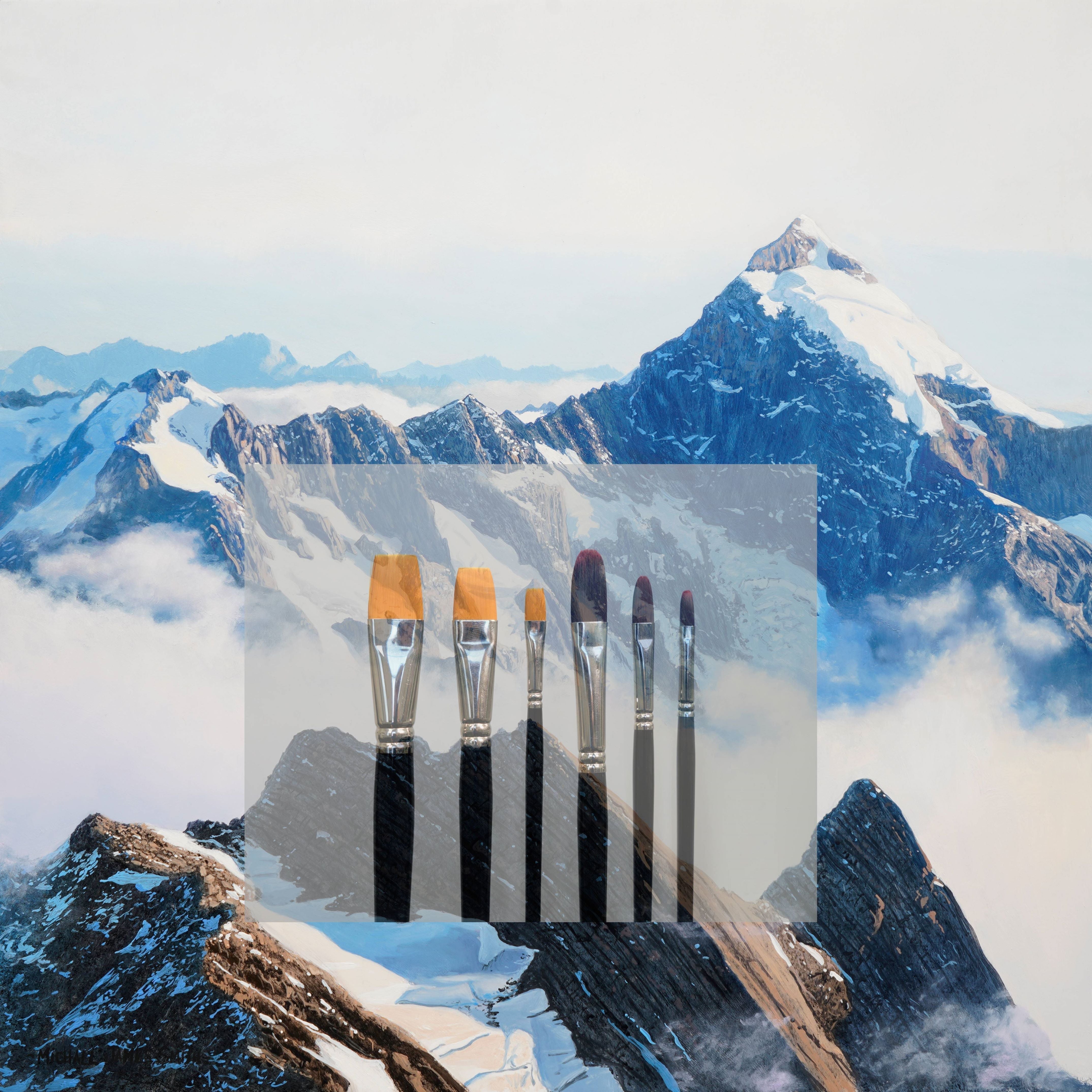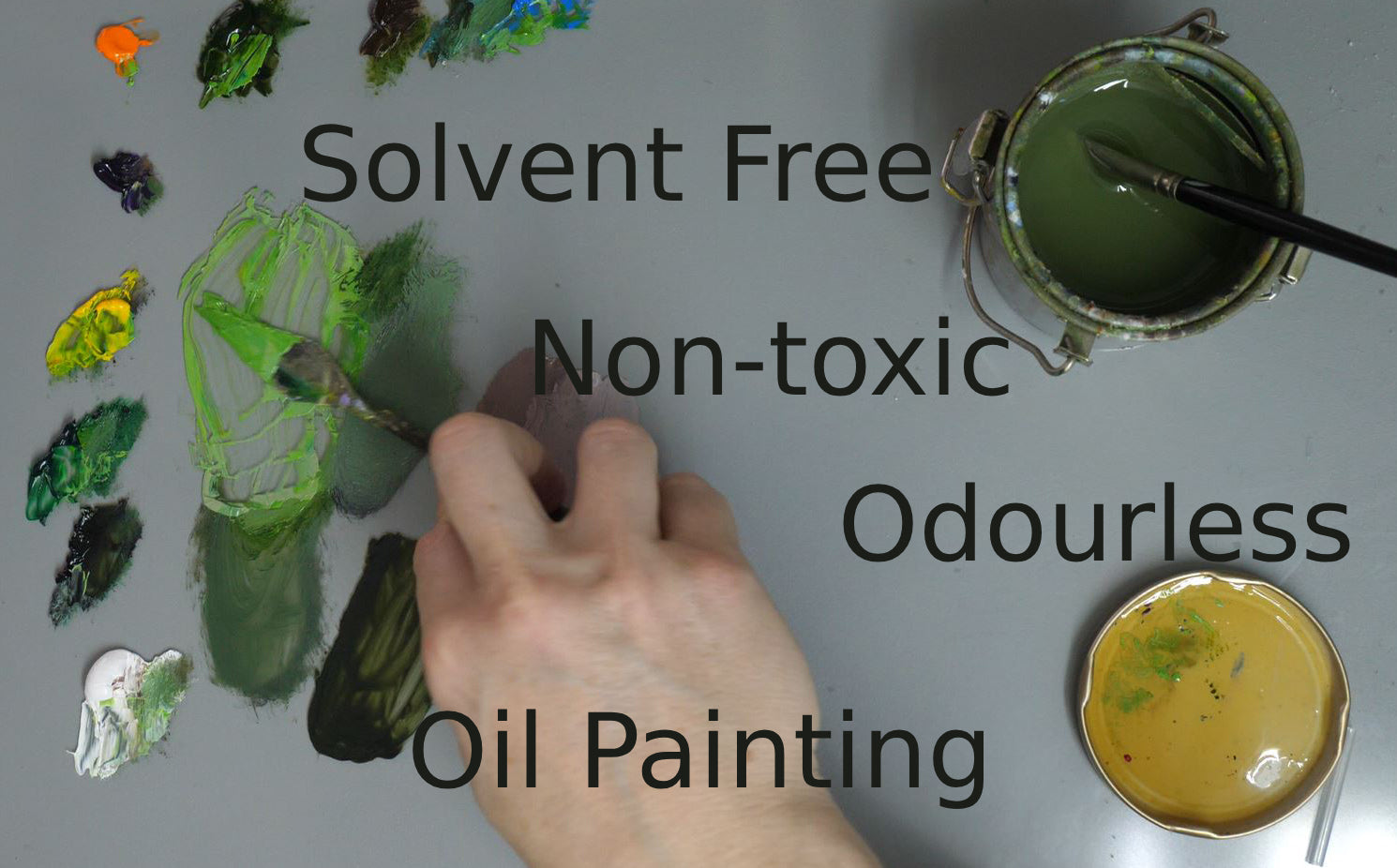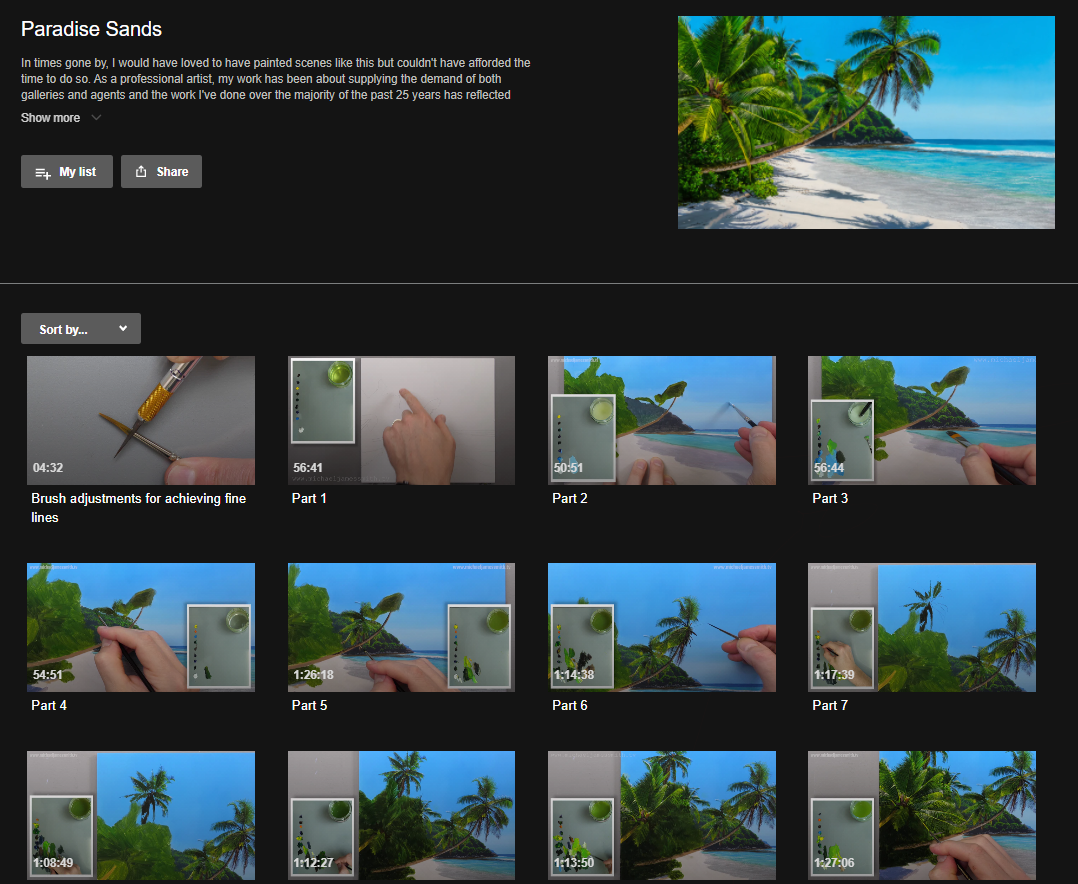
How to Achieve a Perfect Smooth Finish with the Series 7 & 10 Brushes
Creating a flawless, smooth finish in your paintings often comes down to using the right tools. Two of my favourites are the Series 7 and Series 10 brushes. These brushes are staples in my collection—I use them for everything from blocking in large areas to adding fine detail and definition.

My Series 10 Synthetic Filbert Brushes are fantastic additions to my collection. Perfect for blocking-in and creating a soft smooth finish
Series 7 brushes available in 3 sizes can be purchased here.
Series 10 Filbert Brushes available in 4 sizes can be purchased here
Blocking in Set is available to purchase here
-------------------------------------------------------------------------------------------------
Why I Use the Series 7 & 10 Brushes
-
Blocking in & large areas: Ideal for skies, water, and broad sections of a painting.
-
Smooth finishes: Their shape and bristle quality help eliminate streaks.
-
Detailing & edges: Smaller sizes are perfect for refining textures, ripples, and crisp edges.
When painting clouds—such as in my Cumulonimbus Cloud study—the trick is getting the right level of softness. The smaller Series 7 Brush works beautifully for subtle, smooth areas, while the Series 10 Filbert Brush is my choice for defining highlights and stronger cloud edges, as seen in my Stormy Lake tutorial.

-----------------------------------------------------
👉 Tip: Always finish large areas with vertical brush strokes. This prevents horizontal streaks catching unwanted light reflections on the finished painting. For extra smoothness, follow up with a Blender Brush to soften ridges.
----------------------------------------------------------------
Adding Detail & Texture
The smaller Series 7 brushes are just as effective for finer details:
-
In Winter Retreat, I used the Filbert tip of the Series 10 to add texture to rocks and rugged mountain surfaces.
-
In The Lion I used the Series 7 brush flat or on its edge. To ensure a straight horizon line, I rested a piece of wood against the panel and ran the brush along its edge—simple but very effective!


Watch my YouTube video Painting Realistic Water below to see the Series 7 brushes in action!
-
In The Lion the smaller Series 7 allowed me to define texture in the fur, while in Winter Stag it worked perfectly for snow-covered grasses.
-
The Series 7 Size 8 is slightly wider, which helps create tapered brushstrokes—ideal for defining tall winter grasses.
For short, shadowed blades of grass, I shaped the tip into a sharp edge, dabbing paint to build tapered blades before layering finer details on top.
In my King of the Forest painting, many background details had a soft, circular appearance—a look made far easier with the curved Filbert tip, which blends edges seamlessly.
Watch my tutorial 'The Lion' here
My tutorial 'Winter Stag' is available to watch here.
In my King of the Forest painting, many background details had a soft, circular appearance—a look made far easier with the curved Filbert tip, which blends edges seamlessly.

My tutorial 'King of the Forest' is available to watch here
Final Touches
To unify everything, I always finish with either the Fan Blender Brush or the Mop Head Blender Brush. This final step softens harsh transitions, smooths ridges, and enhances the overall harmony of the painting.
Brushes Now Available
The Series 7 and Series 10 brushes are available individually or as part of my Blocking in Brush Set in the online store. Each brush is designed to give you the same versatility and control I rely on in my own work.
👉 If you’re looking to achieve a smoother, more professional finish in your paintings, these brushes are an essential addition to your toolkit.
New brushes and sets are now available in my online store, these brushes are also available separately.
Finishing off with the Blender brush, softens the overall effect!
Happy Painting!








